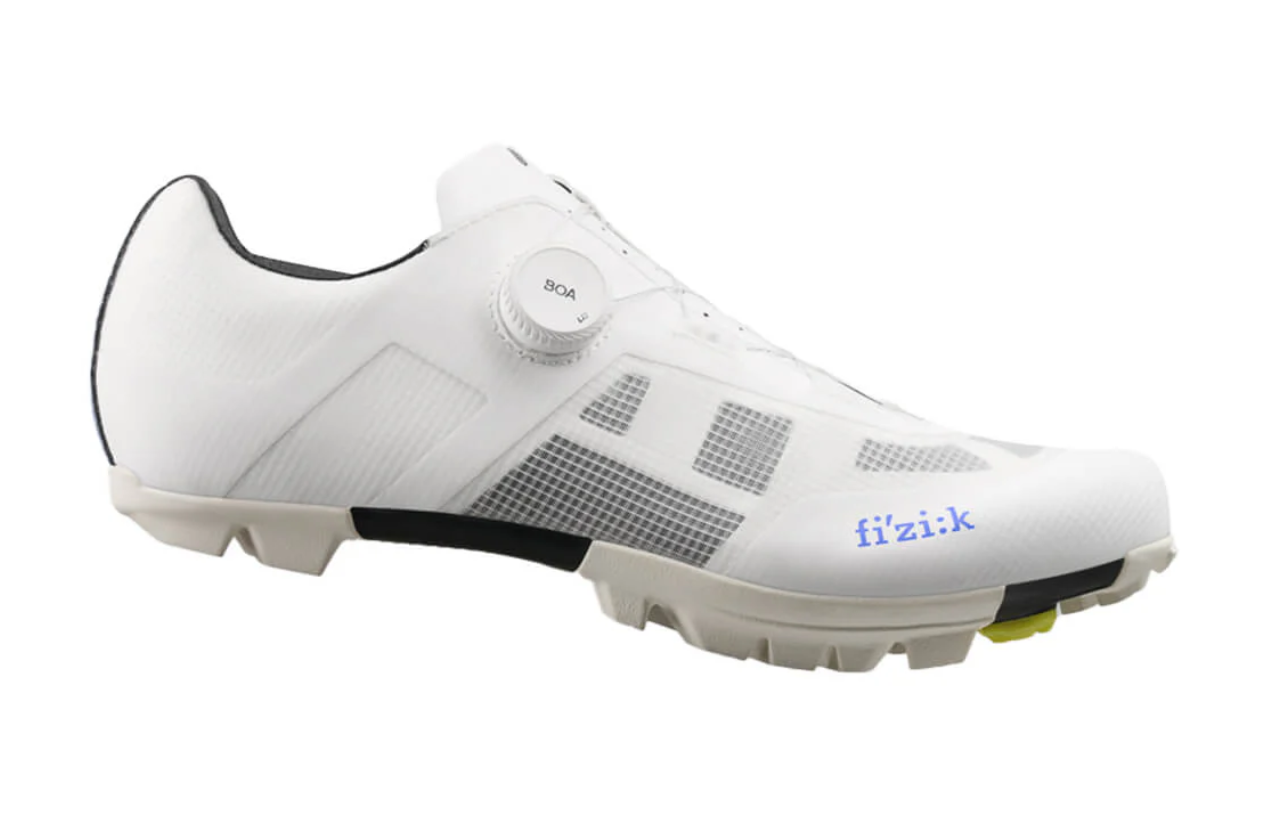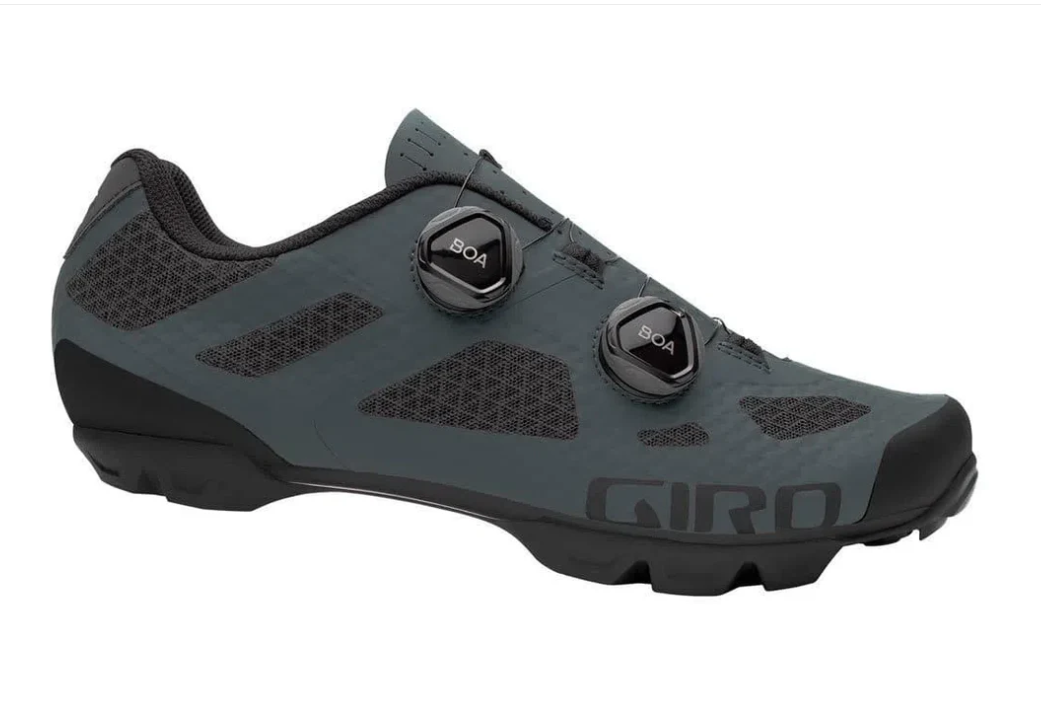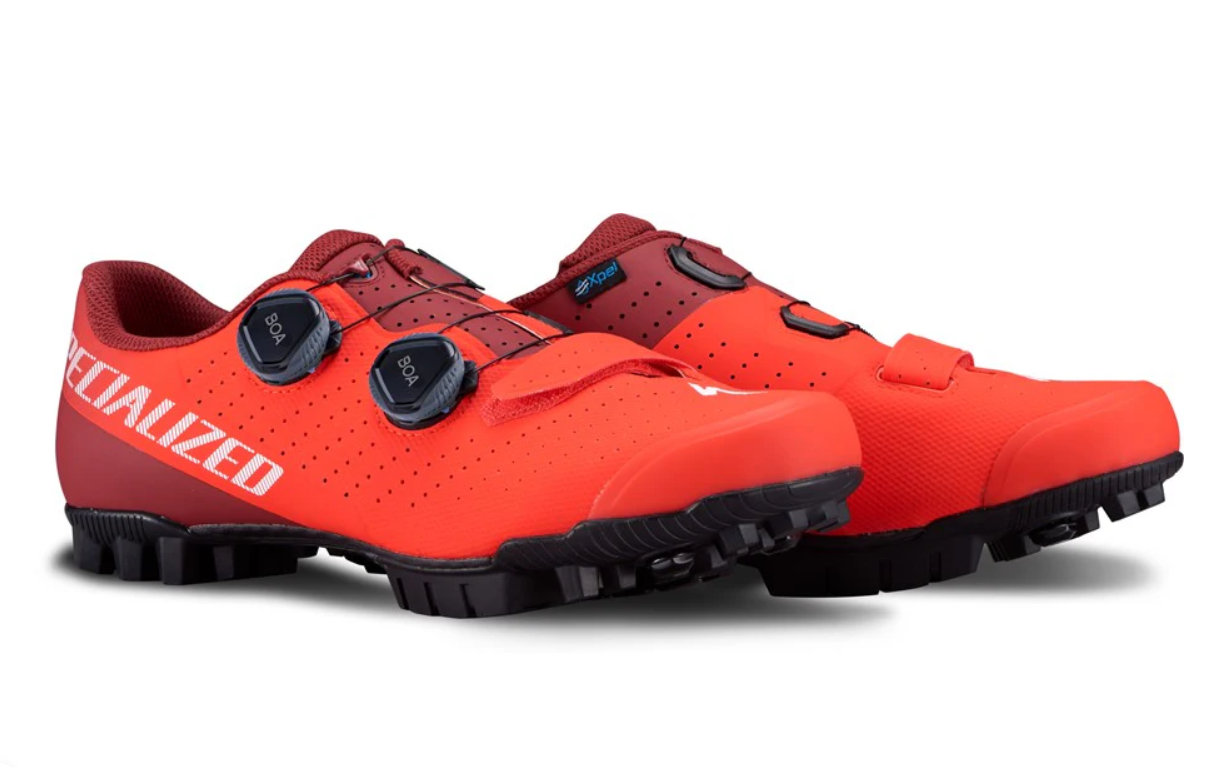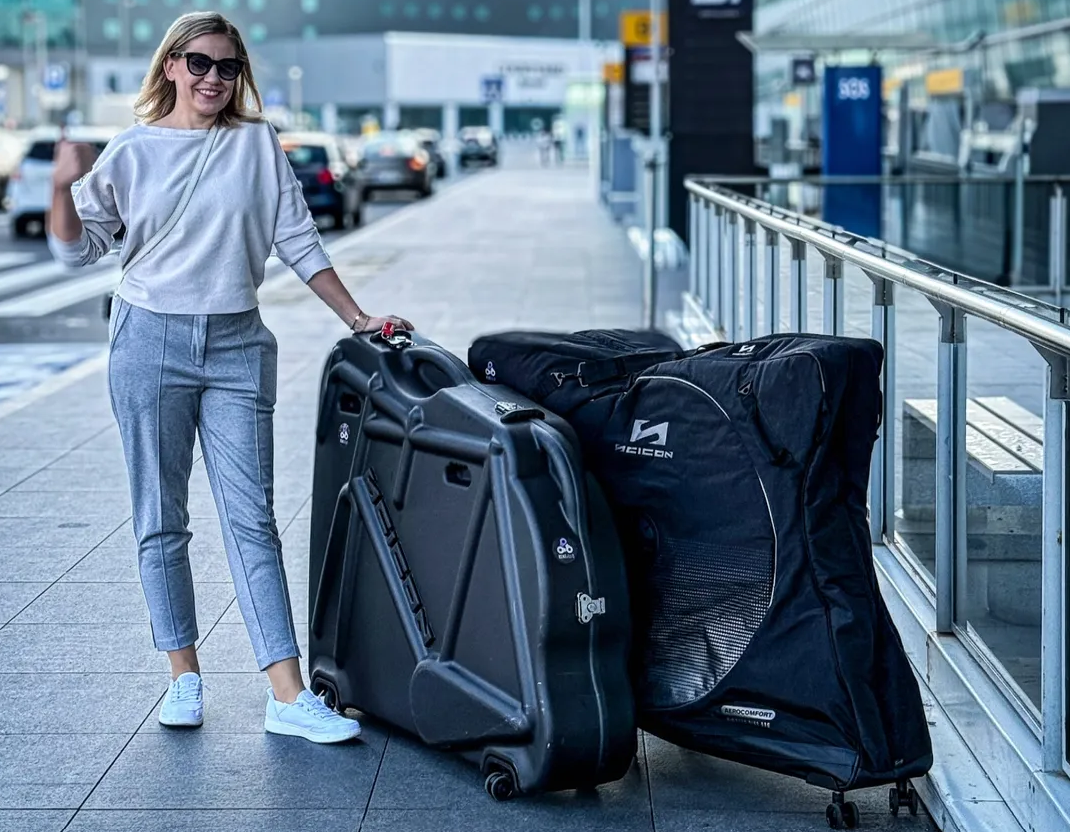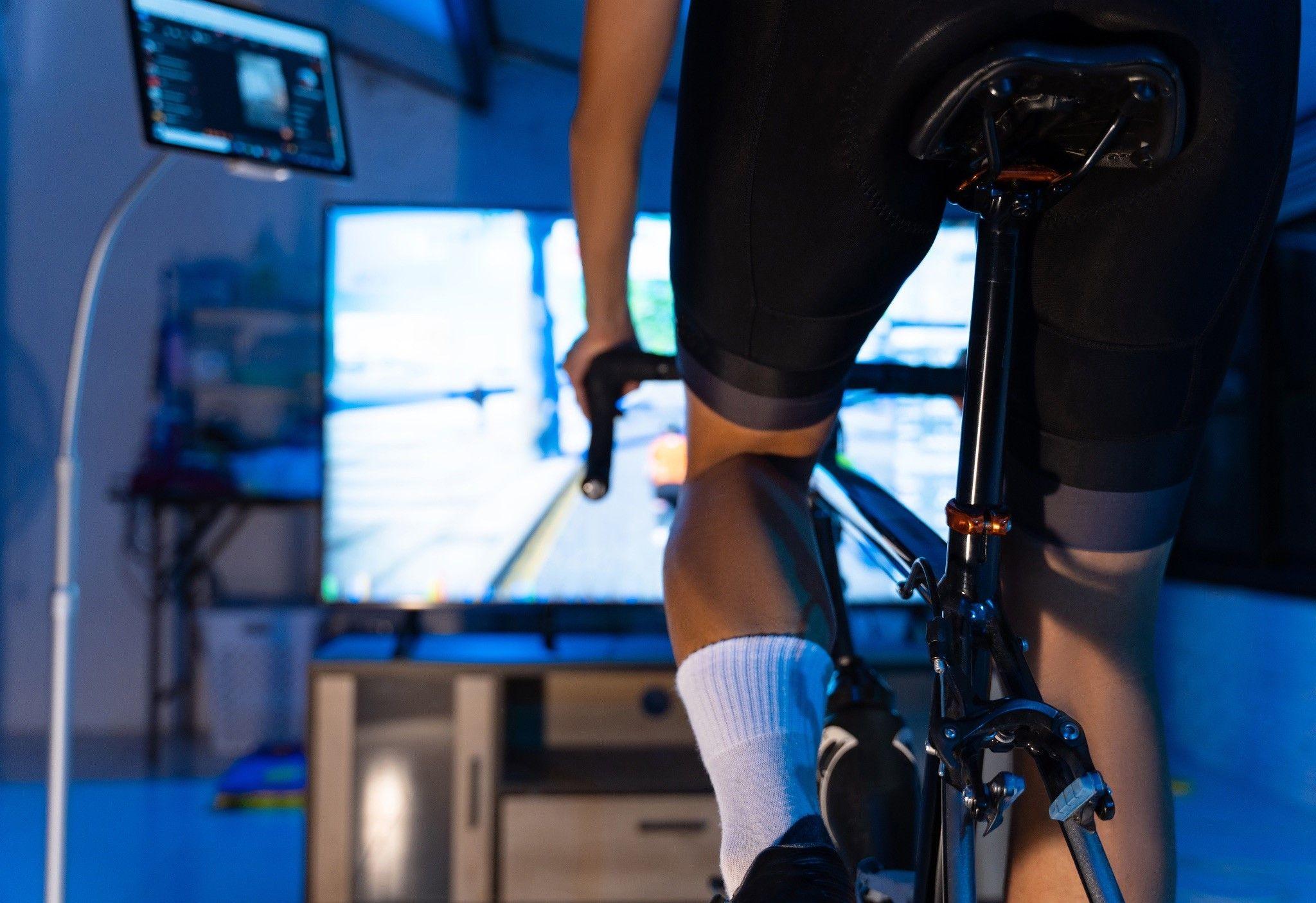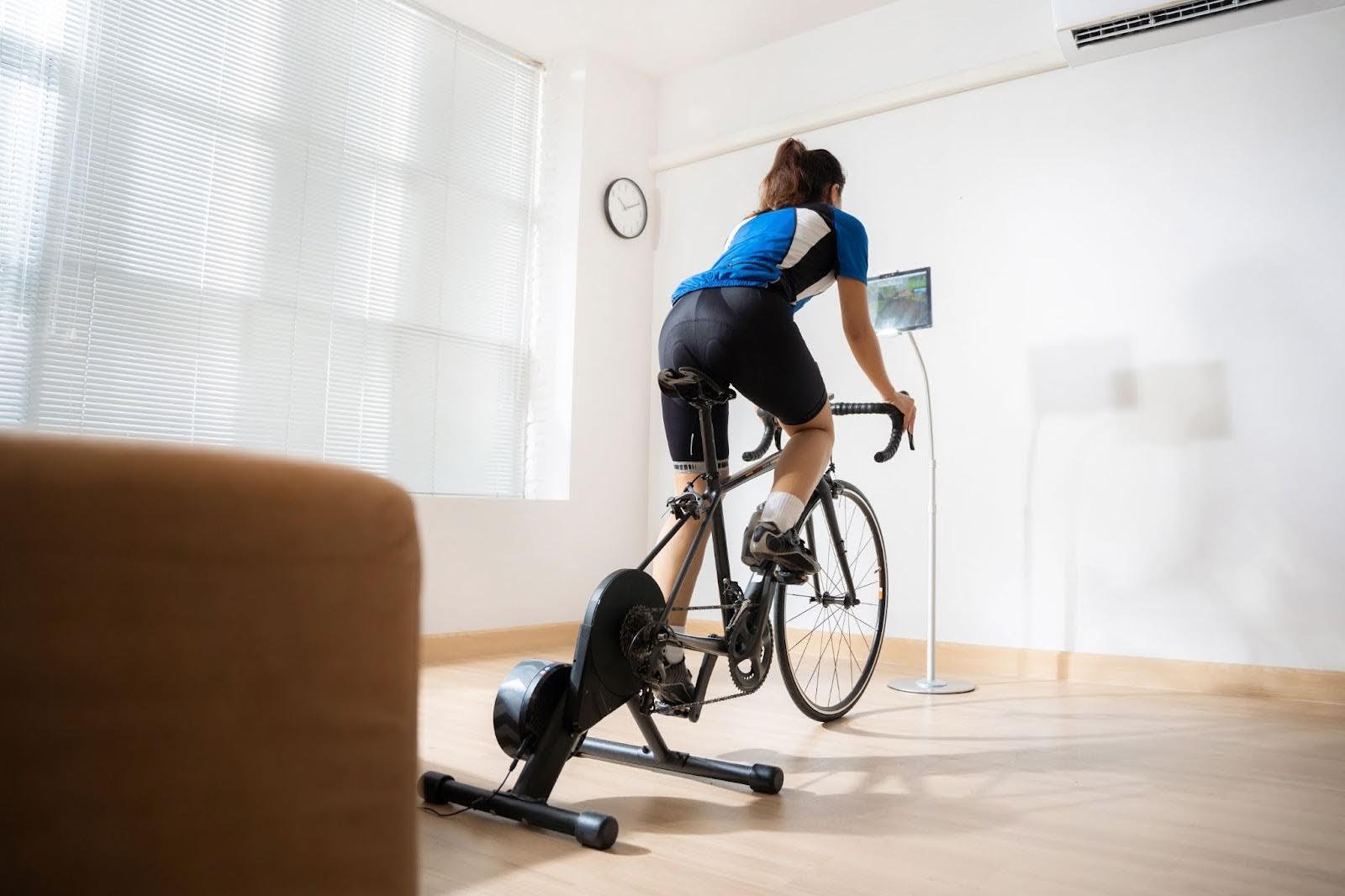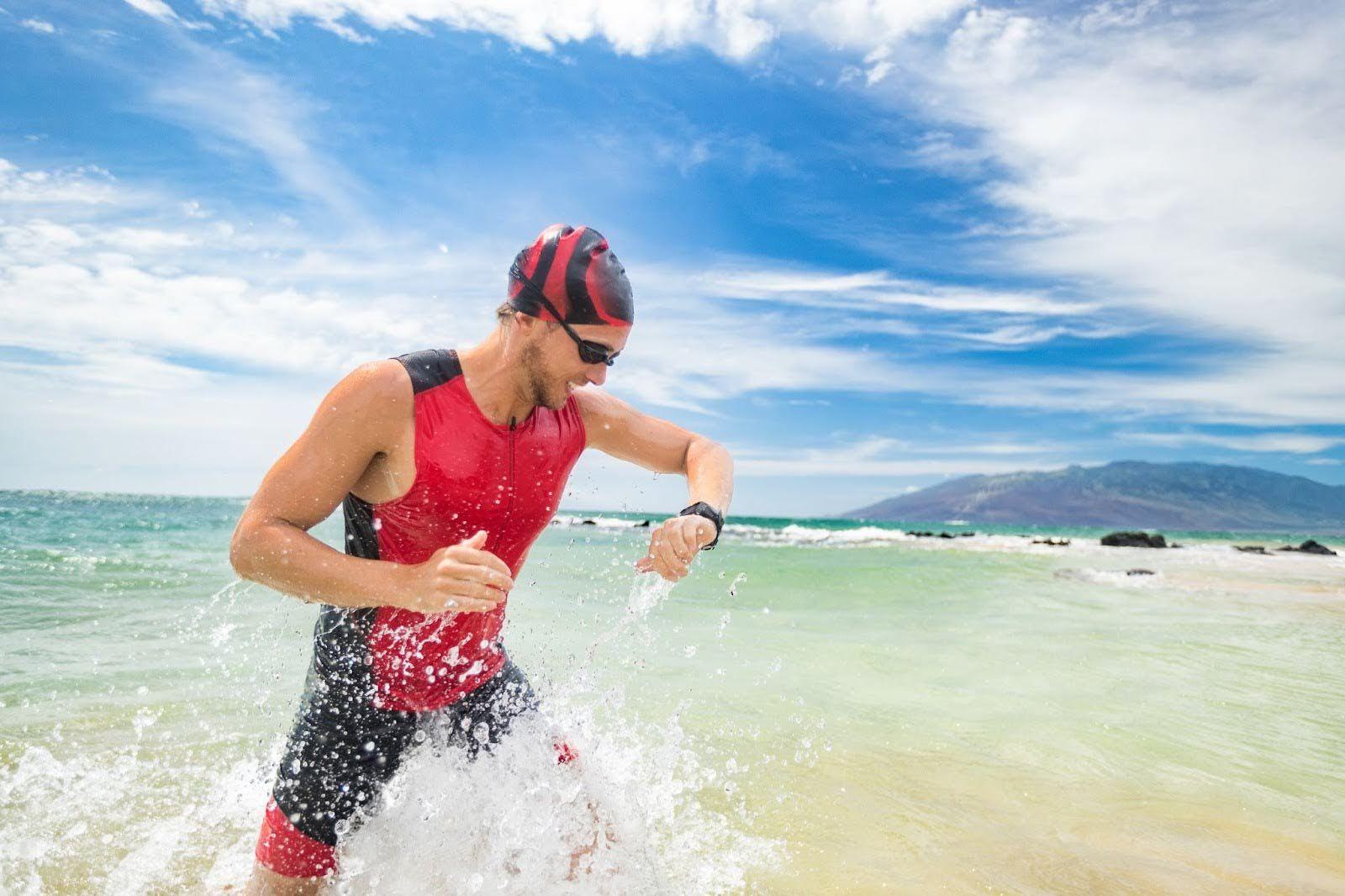Gravel cycling’s getting more and more popular, combining the speed of road riding with the adventure and unpredictability of off-road riding. As more and more cyclists hit the dirt, forest roads and fire trails, the need for shoes designed for these surfaces has become clear.
Gravel shoes sit in the sweet spot between road efficiency and mountain bike durability. They balance the stiffness you need for confident power-transfer with the walkability you need when the road becomes too steep, sandy or technical to ride. We’re breaking down the essential need-to-knows so you can choose the right pair for your terrain, style and budget.
Why gravel cycling shoes matter
Gravel riding demands versatility. Riders may move quickly on smooth farm roads one minute and navigate loose rock or mud the next. They may step off the bike to hike sections, open gates, carry the bike over obstacles or explore side trails. Gravel races often stretch beyond 100 kilometres, requiring comfort over long distances and varied temperatures. Same deal with bikepackers who may wear the same shoes for hours of pedalling followed by stretches of walking around campsites, shops or viewpoints.
Because the demands of gravel routes frequently blend efficiency, durability and walking comfort, standard road shoes or pure mountain-bike shoes rarely strike the right balance.
Road shoes typically prioritize stiffness, aerodynamics and lightweight build quality, but they lack tread, protection and walkability.
Mountain-bike shoes offer grip and durability, yet can feel overly bulky and less efficient on long, smooth sections.
Gravel shoes bridge this gap. They take cues from both disciplines to deliver power, traction, stability and comfort across mixed terrain.
Gravel cycling shoes also support the cleat systems most riders already use – typically SPD two-bolt systems – offering efficient pedalling and quick engagement without the mud-clogging issues common in three-bolt road cleats.
Ultimately, gravel shoes matter because the demands of gravel riding are unique: efficiency on the flats, stability off-road, grip on hike-a-bike sections and comfort for very long rides.
Gravel shoes vs. road shoes vs. MTB shoes
Understanding how gravel shoes differ from traditional road and mountain-bike footwear helps you narrow your choices and avoid common mistakes when switching disciplines.
Sole stiffness and power transfer
Road shoes have super stiff carbon soles for maximum power-transfer. They excel on smooth tarmac where you rarely get off the bike. For gravel, though, too much stiffness can feel harsh and unstable on rough ground. Gravel shoes have mid- to high-stiffness soles, often made from nylon composite or hybrid carbon. They provide strong pedalling efficiency while reducing trail vibration and comfort over long rides.
MTB shoes – although sometimes as stiff as road shoes – often have more flexible soles in trail-oriented models. These give more grip and manoeuvrability for technical riding. Gravel shoes sit between these two extremes, optimized for long-distance pedalling, but with some compliance for uneven surfaces.
Pedal and cleat system compatibility
Road shoes primarily use 3-bolt systems like Look or SPD-SL. These are stable and powerful but not suitable for off-road riding, as they’re hard to clip in under muddy or sandy conditions.
Gravel shoes overwhelmingly use 2-bolt systems. They offer reliable engagement, better mud clearance and walkable cleat positioning. Riders switching from road cycling ask: SPD vs. 3-bolt road shoes – what’s better for gravel? SPD wins hands down for versatility, safety and practicality.
Flat pedals with grippy soles are still an option for riders who want maximum freedom of movement or those who prefer hiking-style bikepacking shoes.
But clipless systems still dominate gravel because they give you more control and pedalling efficiency.
What to look for when choosing gravel shoes
Choosing the best gravel shoes starts with understanding the features that impact performance, comfort and durability. It all depends on your feet, your terrain and your riding style.
Fit and last (wide vs narrow)
Gravel rides can be several hours long, so comfort is key.
Brands vary greatly in how they shape their shoes – the “last” – from narrow, performance focused to wide and forgiving. Riders with high arches, wide forefeet or sensitive toes should look for brands with broader lasts or models available in multiple width options.
Your gravel shoes should allow for natural toe splay and accommodate foot swelling that can happen after hours in the saddle. A snug heel with a secure mid-foot helps to optimize power transfer without pressure points.
Closure systems: BOA, velcro and laces
Closure type affects adjustability, security and ease of use:
BOA dials provide micro-adjustability and even pressure distribution. They’re great during rides, especially when tightening or loosening on the move. Mid-range gravel shoes often have single dials, while premium models have dual-dial systems for independent fit zones.
BOA dials provide micro-adjustability and even pressure distribution. They’re great during rides, especially when tightening or loosening on the move. Mid-range gravel shoes often have single dials, while premium models have dual-dial systems for independent fit zones.
Velcro straps are lightweight and reliable. They’re good for riders who prefer simplicity or are in the mid-budget range.
Laces offer great comfort with precise tuning and a classic look. They’re popular with bikepackers because they’re durable and easy to repair in the field, though not as convenient to adjust mid-ride.
Choose the closure that suits your riding habits and personal preferences.
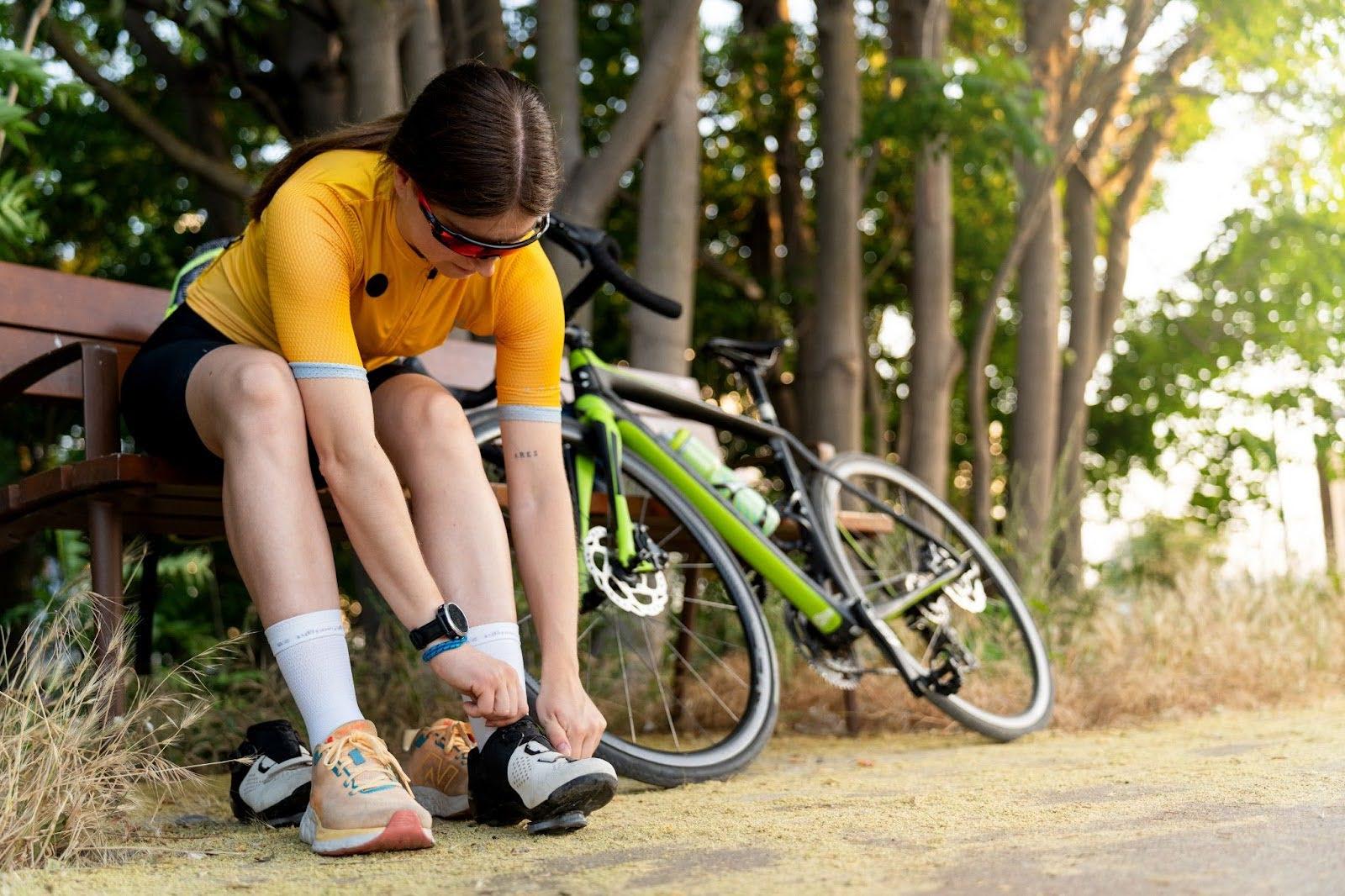
Outsole and tread for hiking or bikepacking
More than any other feature, the outsole is what distinguishes gravel shoes from road shoes. Gravel outsoles use rubber compounds and lug patterns from mountain-bike shoes but toned down to reduce bulk. Look for:
Durable rubber with good grip on wet rocks and mixed terrain
Reinforced toe caps for protection on rocky trails
Cleat channels to prevent mud clogging
Enough flex at the forefoot to allow for comfortable walking
Bikepacking shoes may have more flexibility, prioritizing all-day wear over race stiffness.
Ventilation, durability and weather resistance
Gravel riding means dust, mud, water crossings and temperature swings. Ventilation is important for summer gravel racing, while tougher uppers with minimal mesh are better for colder, wetter conditions.
Microfibre, synthetic leather and reinforced mesh are great for durability without compromise. Some have DWR coatings or waterproof membranes. Fully waterproof shoes can compromise breathability, so think about your climate and conditions before you pull the trigger on a pair.
Match your riding style: Which gravel shoe type is for you
Gravel cycling isn’t one discipline; it spans everything from high-speed racing to multi-day, off-grid adventures. Your riding style should strongly influence your shoe choice.
Race-oriented gravel shoes
Riders who prioritize speed, stiffness and responsiveness will appreciate lighter shoes with carbon-reinforced soles, dual BOA closure and minimal yet functional tread. These shoes feel the closest to road models but with essential off-road grip. They suit competitive riders, gravel fondo participants and anyone who values efficiency on long, fast routes.
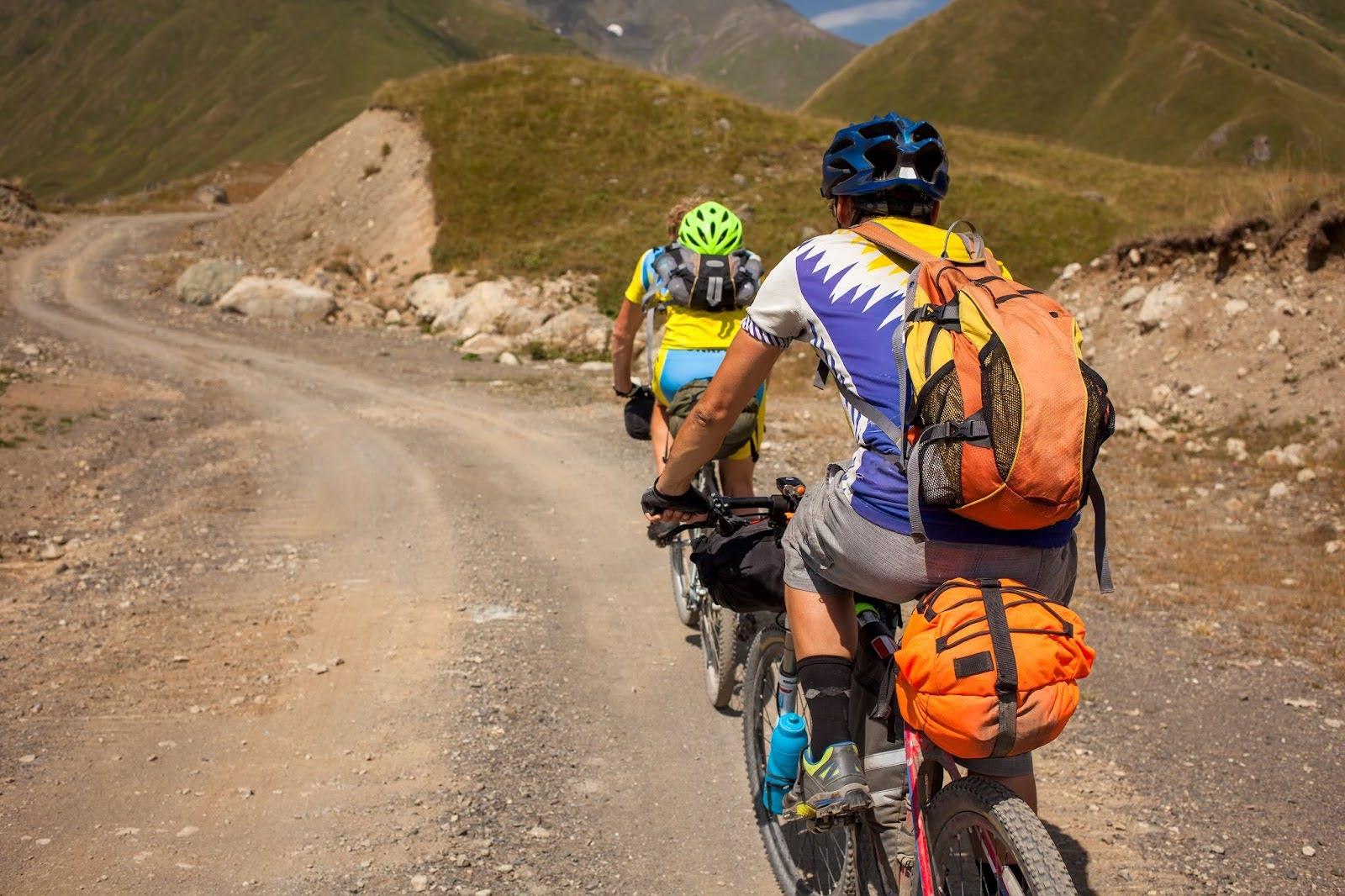
Adventure and bikepacking shoes
Bikepacking shoes or adventure-oriented gravel shoes emphasize comfort, walking ability and rugged durability. Expect slightly more flexible soles, reinforced uppers, substantial tread and laced or hybrid-closure systems. For mixed-terrain cycling shoes, these models excel because they’re built for unpredictable environments and long hours off the bike.
Mixed-use and commuting gravel shoes
For riders who use the same shoes for commuting, weekend gravel rides and occasional MTB trails, mid-range options offer an ideal blend of stiffness, walkability and value.
These shoes often use a combination of velcro and BOA closures, with durable-yet-breathable uppers and moderate tread.


